Dishwasher drain hose - where would you put it?
cberhomengarden
13 years ago
Featured Answer
Sort by:Oldest
Comments (9)
lazypup
13 years agodavidro1
13 years agoRelated Professionals
Arlington Handyman · Beach Park Kitchen & Bathroom Remodelers · East Tulare County Kitchen & Bathroom Remodelers · Sunrise Manor Kitchen & Bathroom Remodelers · Independence Kitchen & Bathroom Remodelers · Kendale Lakes Kitchen & Bathroom Remodelers · Kettering Kitchen & Bathroom Remodelers · North Arlington Kitchen & Bathroom Remodelers · Rolling Hills Estates Kitchen & Bathroom Remodelers · Tempe Kitchen & Bathroom Remodelers · Tulsa Kitchen & Bathroom Remodelers · Wilmington Kitchen & Bathroom Remodelers · Joppatowne Kitchen & Bathroom Remodelers · Fairmont Kitchen & Bathroom Remodelers · Tanque Verde Kitchen & Bath Fixturescberhomengarden
13 years agodan_martyn
13 years agodavidro1
13 years agodan_martyn
13 years agodavidro1
13 years agobrickeyee
13 years ago
Related Stories
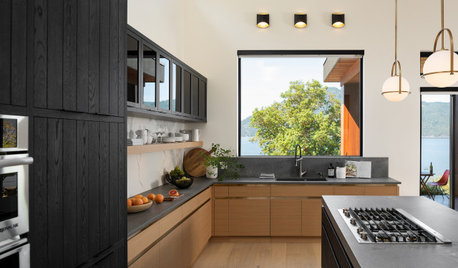
KITCHEN DESIGNWhere Should You Put the Kitchen Sink?
Facing a window or your guests? In a corner or near the dishwasher? Here’s how to find the right location for your sink
Full Story
THE HARDWORKING HOMEWhere to Put the Laundry Room
The Hardworking Home: We weigh the pros and cons of washing your clothes in the basement, kitchen, bathroom and more
Full Story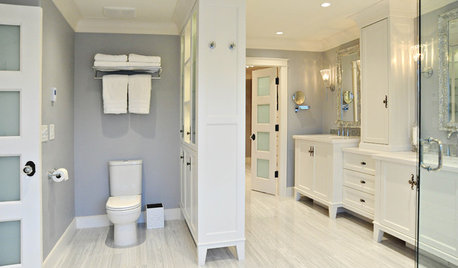
BATHROOM DESIGNBath Remodeling: So, Where to Put the Toilet?
There's a lot to consider: paneling, baseboards, shower door. Before you install the toilet, get situated with these tips
Full Story
HOUSEKEEPINGTackle Big Messes Better With a Sparkling-Clean Dishwasher
You might think it’s self-cleaning, but your dishwasher needs regular upkeep to keep it working hard for you
Full Story
REMODELING GUIDESWhere to Splurge, Where to Save in Your Remodel
Learn how to balance your budget and set priorities to get the home features you want with the least compromise
Full Story
HOUSEKEEPINGDishwasher vs. Hand-Washing Debate Finally Solved — Sort Of
Readers in 8 countries weigh in on whether an appliance saves time, water and sanity or if washing by hand is the only saving grace
Full Story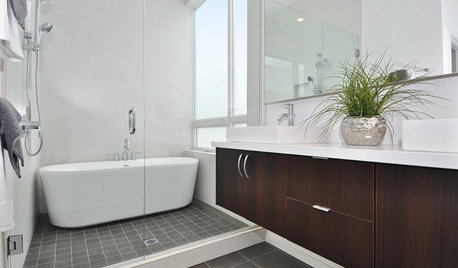
BATHROOM DESIGNWhy You Might Want to Put Your Tub in the Shower
Save space, cleanup time and maybe even a little money with a shower-bathtub combo. These examples show how to do it right
Full Story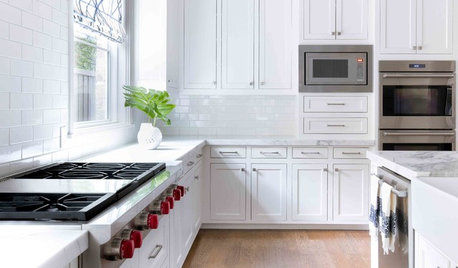
KITCHEN APPLIANCES9 Places to Put the Microwave in Your Kitchen
See the pros and cons of locating your microwave above, below and beyond the counter
Full Story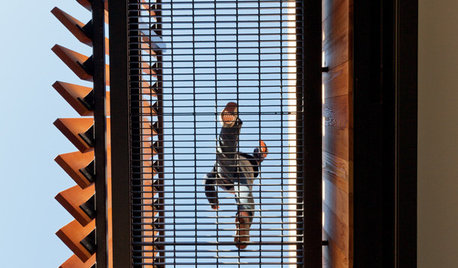
THE ART OF ARCHITECTUREDesign Workshop: Put Industrial Mesh to Work Around the Home
From open gratings to fine weaves, commercial metal mesh is a durable and beautiful choice for residences too
Full Story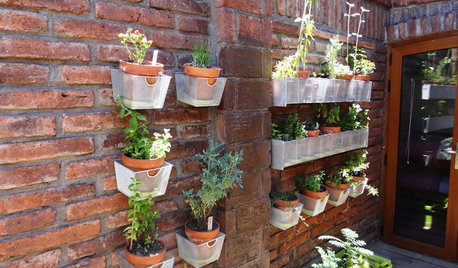
EDIBLE GARDENSHouzz Call: Where Are the Craziest Places You Grow Edibles?
Basil in a bathtub, spinach stacked up a wall ... If your edibles occupy an odd spot, we’d like to know
Full Story





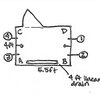

davidro1